President Putin recently created a controversy when he “defended” the Oprichnik chief Malyuta Skuratov from the traditionally accepted view that he had strangled Metropolitan Philip for refusing to bless Ivan Grozny’s military campaign on Novgorod. This action has been seen as related to the “information warfare” arguments about Ivan IV which have been crafted by the ideologists of the Izborsky Club; and it may relate to recent national security strategies which seem intended to protect Russia’s “historical memory”.
The ideologists responsible for these narratives have in recent years frequently sought to portray the common negative appraisals of Ivan IV and his guardsmen’s terrors as the product of Western “information wars” which were furthered by Western superiority in printing. The Gutenberg Bible for example was printed in Germany nearly 100 years before Ivan IV ordered the development of the first Russian print yard.
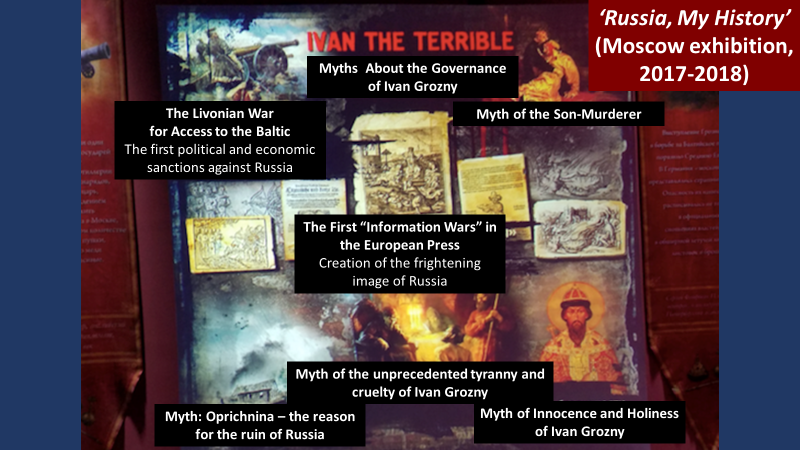
In the above image from the “Russia, My History” exhibitions we can see two German images which are related to this information warfare idea.
The first image which is frequently associated with the development of an irrational fear about Russia shows the Tsar dressed as a bear or leopard and presiding over executions.
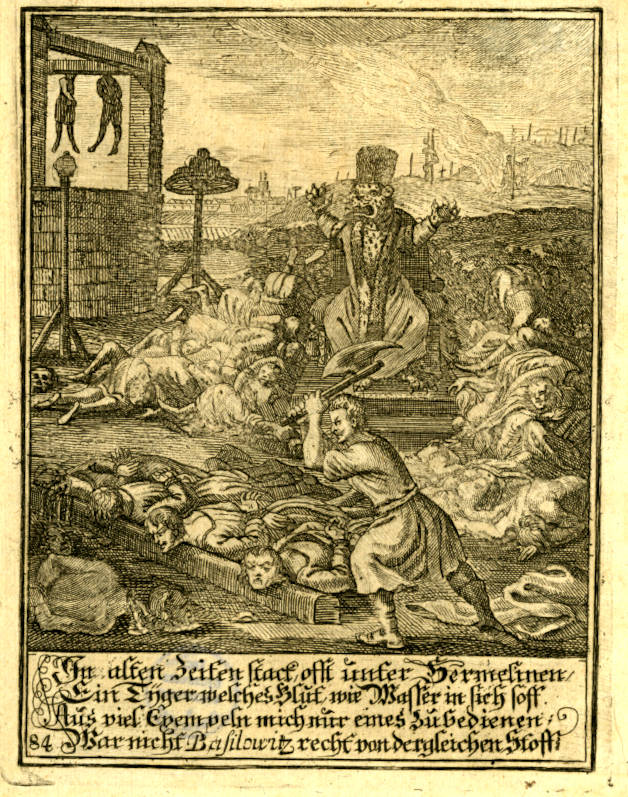
In the second image, we see women and children executed by Russian soldiers in the Livonian War. While no Russian sources corroborate these accounts, in the West, the image of the executions in Livonia is seen as consistent with the known brutality of Ivan’s way of warfare.
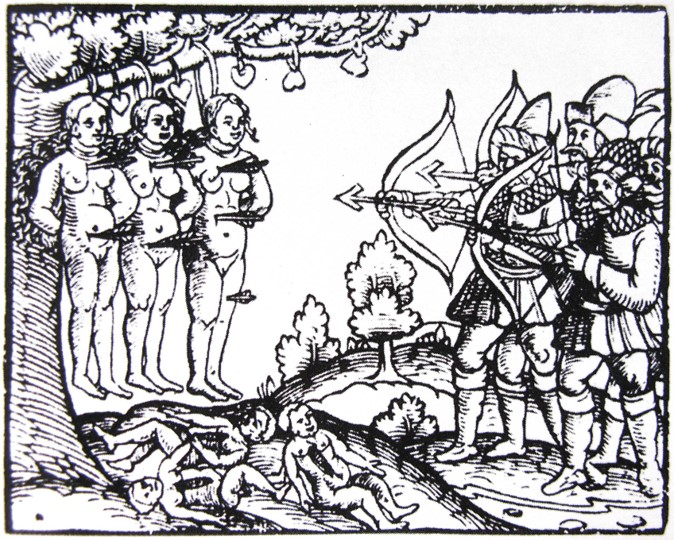
In my own work on this subject , I disputed the claims of these images representing the “first information wars in the European press”, because they already clearly echoed popular negative sentiments about Dracula (Vlad Tepes) which had appeared in German pamphlets decades earlier.
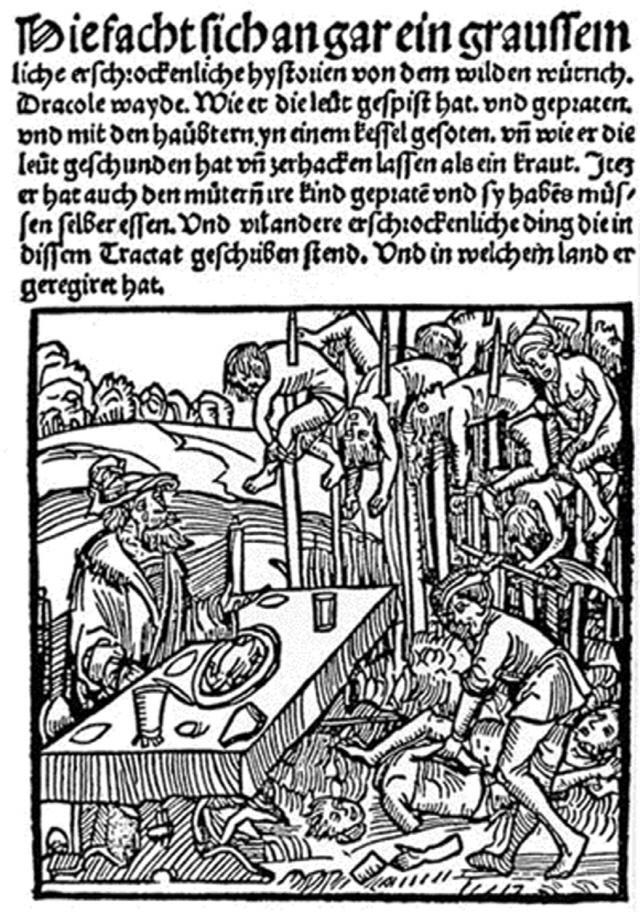
Today, I was surprised to find that Ivan IV seems to have commissioned similar images of his own reign, which certainly undermines the argument that Ivan IV did not intentionally portray himself as a fearful ruler; and what I believe is in PURPOSEFUL alignment with the Dracula legends.
In the ten volume “Illustrated Chronicle of Ivan the Terrible”, or “Facial Chronicles” (Лицевой летописный свод) which were commissioned by Ivan IV, there are several depictions of executions of Boyars and other political enemies which specifically echo the above images. Notably, the chronicle itself may be indicative of Ivan IV’s own attempts to revise history in his era.
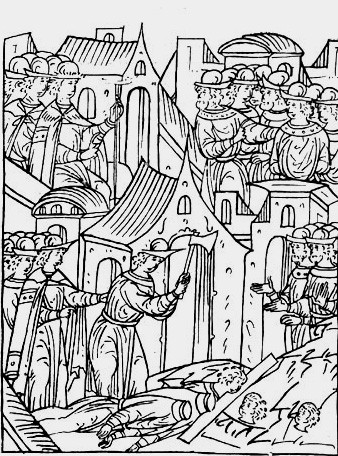
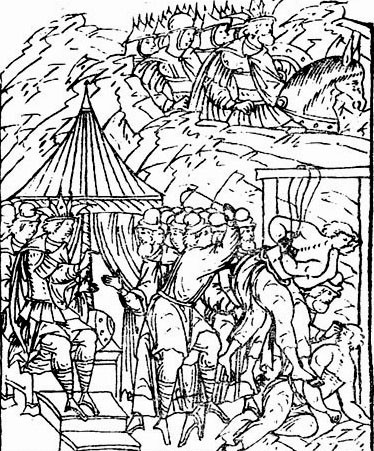
It suggests to me that these were not images which Ivan IV sought to distance himself from in his own lifetime. On the contrary, they may have contributed to his “formidable” and “fearsome” persona (a more comprehensible translation for Grozny than “terrible”).
By this same token, Putin’s attempts to revise the memory of Skuratov seem to be out of touch with the reality of Russian history.
The canonical position on the memory of Metropolitan Philip is that he told Skuratov before he was strangled – “do what you want, but the grace of God is not received by deception“. And in other canonical remembrances of Philip, the Tsar himself is analogized to both “Herod” and “the new Pharaoh”.
Let that settle in when debating whether Ivan IV is a holy saint as the Russian nationalists may wish you to believe. At least in the Russian Orthodox canon, he appears as an opponent of the Church and as a tyrant.
When planning revisions of history and information campaigns, perhaps President Putin should take Philip’s (canonical) caution about deception to heart; especially in a country where false claimants to the throne have too often been analogized to the antichrist as well.
